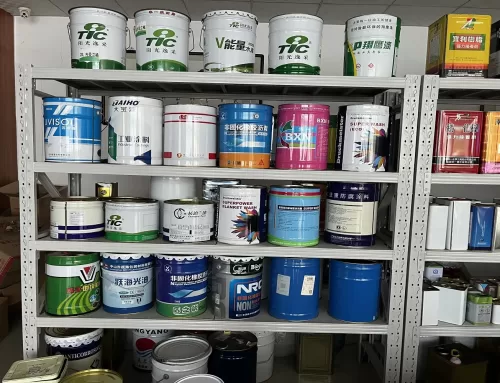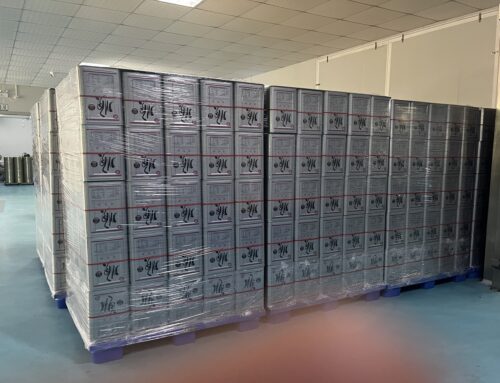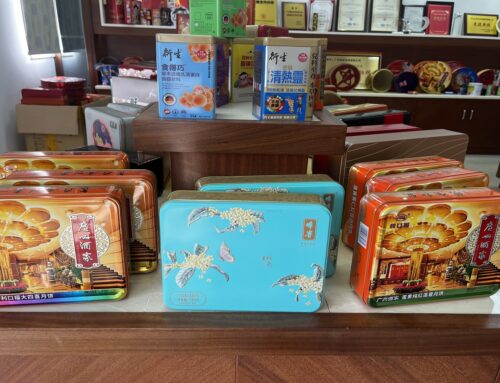We found that in people’s daily lives, the food cans that people often come into contact with are made of tinplate materials. With the development of science and technology, packaging materials have become more and more abundant. However, in the past 100 years, most of the food cans have been packaged with tinplate materials. Why food cans use ma。
In fact, tinplate is an iron plate with tinned surface. We know that food cans are always in a humid environment. In a humid environment, iron is very easy to react with oxygen in the air and rust. Once rust is damaged, some bacteria in the air will enter. In the can, the food spoils quickly.
Please click to view the specific process of food can production:
In order to protect iron from corrosion, people thought of a wonderful way to make iron wear “clothes”. What kind of material should be chosen for iron “clothes”? It is considered that since the can is used to hold food, this material must be non-toxic, and the coating formed after it is plated on the iron surface should be firm and dense, and air must not be allowed to come into contact with the iron. Picking and picking tin is the most suitable. It is not only non-toxic, but it can form a layer of “armor” to protect itself in the air, put it on the iron, and the air should be allowed to progress to the inside of the metal. Therefore, tin is plated on the surface of the iron, which can effectively prevent the spoilage of the food in the can.
Tinplate has many advantages such as good sealing, preservation, light-proofing, firmness and unique metal decoration charm; strong oxidation resistance; high strength of tinplate packaging containers, good formability, and strong product compatibility.
Tin has stable chemical properties and is not easily corroded. People often plate tin on the outside of the iron sheet to prevent the iron sheet from rusting. This kind of tin “clothing” is known as “tinplate”. If you pay attention to protection, tinplate can be used for more than ten years without rust. However, once the tin “clothing” is accidentally broken, the iron sheet is quickly corroded (electrochemical corrosion), and before long, the entire tinplate is covered with red-brown iron rust spots. Therefore, when using tinplate, care should be taken not to damage the tin layer, nor to expose it to moisture or heat.




